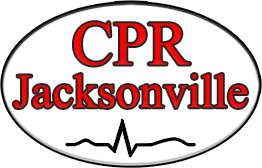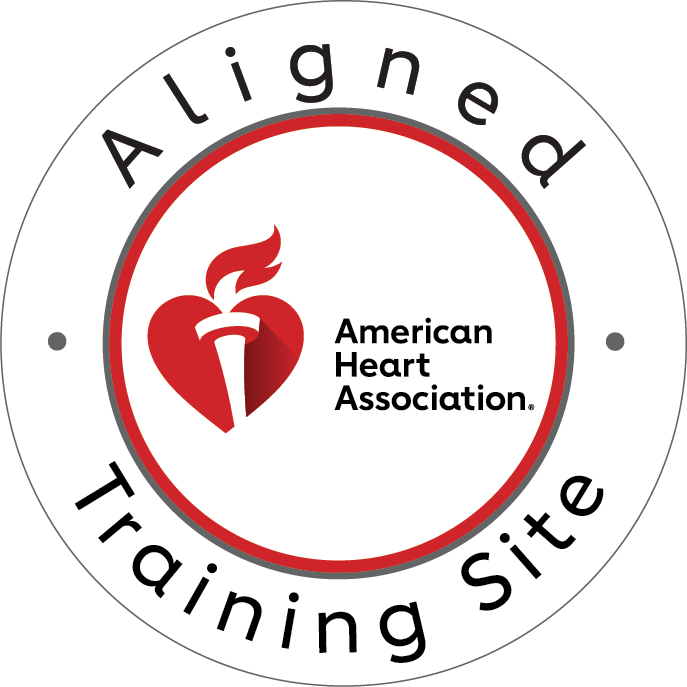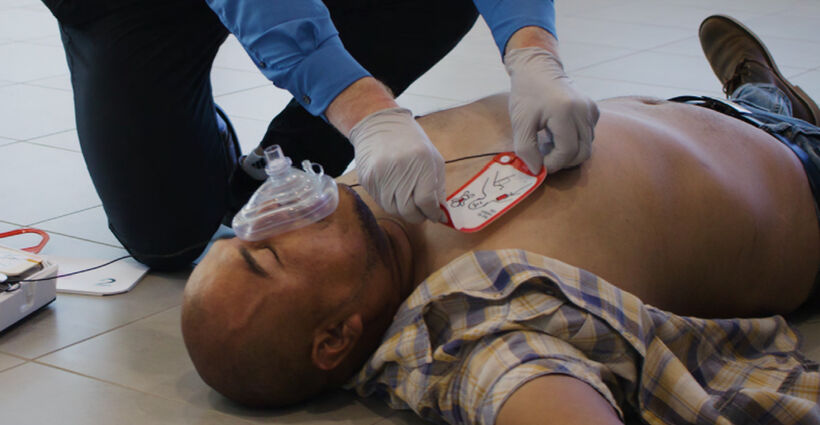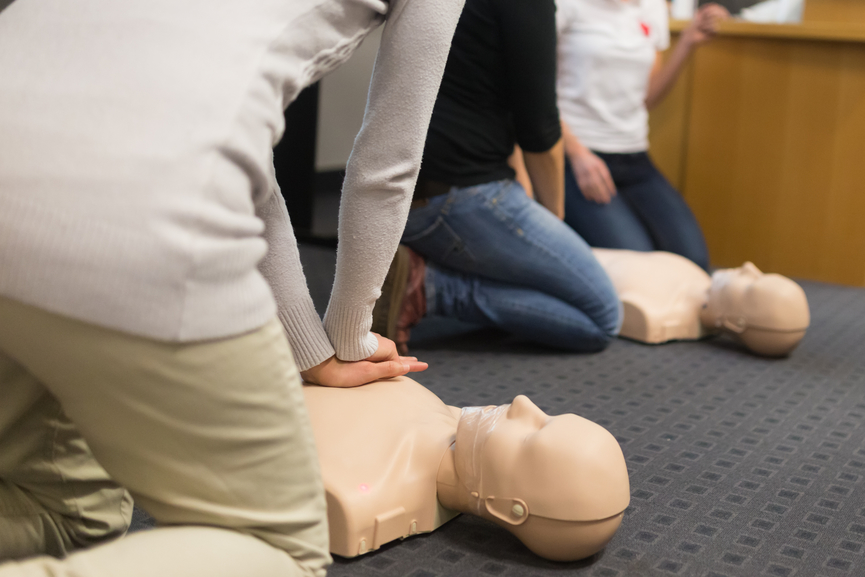In a cardiac arrest situation, every second counts. Among the critical concepts in modern resuscitation science is the Return of Spontaneous Circulation (ROSC), a key milestone that indicates a heartbeat has returned without the need for ongoing compressions or artificial support. Achieving ROSC is the primary goal of cardiopulmonary resuscitation (CPR), and the quality of chest compressions directly impacts its likelihood. Understanding the science and execution of high-quality compressions is not only essential for emergency responders but increasingly relevant for all healthcare providers. With the right training and tools, anyone involved in resuscitation efforts can dramatically improve a patient’s chance of survival.
Understanding ROSC: The Ultimate CPR Goal
ROSC refers to the restoration of a palpable pulse and effective blood flow in a person who has experienced cardiac arrest. Clinically, ROSC is confirmed when there is detectable blood pressure, spontaneous breathing resumes, or there is electrical activity in the heart paired with circulation. The return of spontaneous circulation doesn’t always guarantee survival, but it’s a critical first step toward recovery. Physiologically, ROSC occurs when effective compressions restore enough coronary and cerebral perfusion to reactivate the heart and other vital organs. It’s a clear marker of CPR effectiveness, which is why it’s used as a benchmark in both in-hospital and out-of-hospital cardiac arrest cases.
The Science of High-Quality Compressions
Statistically, ROSC rates vary significantly between settings. According to the American Heart Association (AHA), ROSC is achieved in approximately 30–40% of in-hospital cardiac arrests and 10–20% of out-of-hospital events. This discrepancy highlights the importance of immediate, high-quality compressions, particularly in prehospital environments where delays are more common. Improving compression techniques could narrow this gap and lead to better survival outcomes across all settings.
Compression Depth
The science of high-quality compression begins with depth. The AHA recommends a compression depth of 2 to 2.4 inches (5 to 6 cm) for adult patients. This depth ensures sufficient pressure to circulate blood to vital organs. Shallow compressions fail to generate enough perfusion, especially to the heart, diminishing the likelihood of achieving ROSC. Conversely, compressing too deeply can cause rib fractures or other trauma, potentially complicating recovery. The goal is to strike a balance—deep enough to be effective but controlled enough to be safe.
Compression Rate
Compression rate is equally vital. The optimal rate is 100 to 120 compressions per minute. Rates slower than this can underdeliver blood flow, while going too fast may reduce the heart’s filling time, resulting in inadequate perfusion. Consistency is key—rescuers must maintain the correct rate throughout the resuscitation effort. Tools like metronomes or real-time feedback devices can help maintain this rhythm, even under pressure.
Complete Chest Recoil
Another often-overlooked element of high-quality CPR is complete chest recoil. After each compression, the chest must return to its natural position to allow the heart to refill with blood. Failing to allow full recoil reduces venous return and lowers cardiac output, which can significantly decrease the chance of ROSC. One of the most common errors in CPR is leaning on the chest between compressions, which compromises this recoil. Training and feedback tools can correct this tendency, reinforcing proper technique.
Minimizing Interruptions
Minimizing interruptions in compressions is critical. Every pause is a “no-flow” period during which oxygen delivery to the brain and heart stops. Studies show that long pauses, especially those exceeding 10 seconds, are strongly associated with lower ROSC rates. Strategies such as assigning dedicated compression roles, using mechanical CPR devices when available, and preparing defibrillation equipment in advance help reduce these interruptions and keep compressions continuous.
The Physiological Connection: How Quality Drives ROSC
Coronary Perfusion Pressure
Understanding why these compression metrics matter requires a look at the physiological connections. Coronary perfusion pressure—the pressure gradient that drives blood into the heart’s tissues—is generated largely through compressions. Research indicates that a pressure of at least 15 mmHg is necessary for ROSC, and quality compressions are the only way to reach that threshold during arrest. Many advanced resuscitation teams now use real-time monitoring systems to measure this pressure and adjust techniques accordingly.
Cerebral Blood Flow
Beyond the heart, the brain also depends on high-quality compressions. During cardiac arrest, cerebral blood flow drops rapidly. Without immediate intervention, neurological damage begins within minutes. Effective chest compressions help preserve brain function, increasing the likelihood of a favorable outcome post-ROSC. The longer it takes to restore circulation, the greater the risk of irreversible brain injury, emphasizing the urgency of proper technique.
Myocardial Oxygen Delivery
Myocardial oxygen delivery—the amount of oxygen reaching the heart muscle—is another crucial factor. Compressions that deliver consistent, adequate pressure help prime the heart for successful defibrillation. Without oxygenated blood, the heart remains electrically unstable. Effective compressions increase the likelihood that defibrillation will result in a normal rhythm. In this way, compression quality and defibrillation success are synergistically linked.
Evidence-Based Research and Case Studies
Evidence from clinical studies further underscores this connection. Research from the AHA and others shows that survival to hospital discharge is significantly higher among patients who received high-quality CPR. Meta-analyses confirm that improved compression metrics—depth, rate, recoil, and minimal interruptions—are all positively associated with ROSC and long-term survival. This growing body of evidence has led to an increased emphasis on quality assurance in CPR training and practice.
Technology and Quality Improvement
Technology is also playing a crucial role in improving compression quality. Real-time feedback devices, which provide audio and visual cues on rate, depth, and recoil, are becoming standard in many healthcare settings. Mechanical CPR devices can offer consistent, fatigue-free compressions, especially during long transport times or complex resuscitations. These tools, when integrated with monitoring equipment, give teams immediate insight into performance and allow for real-time corrections.
Training innovations are equally important. High-fidelity manikins now come equipped with compression sensors that measure every aspect of performance. Some training centers are even incorporating virtual reality to simulate high-pressure resuscitation scenarios. These advancements not only improve individual skills but also enable performance tracking over time, making continuous quality improvement possible.
Practical Applications for Healthcare Providers
Team-Based Resuscitation Strategies
For healthcare providers, the practical application of these principles is critical. Effective team-based resuscitation starts with clear role assignments. Designating a team member to monitor compression quality, rotate roles to avoid fatigue, and facilitate clear communication during chaos can dramatically improve outcomes. Post-resuscitation debriefings offer an opportunity to review metrics and identify areas for improvement. Quality assurance programs that track and analyze compression data help ensure standards are consistently met.
Quality Assurance Programs
From a training perspective, incorporating ROSC-specific goals into CPR courses helps shift focus from simply performing steps to understanding their purpose. Simulation-based training that emphasizes compression quality and realistic cardiac arrest scenarios prepares providers for real emergencies. Competency assessments ensure that providers are not just certified but truly prepared to save lives.
Training Implications
In the end, achieving ROSC is not just about doing CPR—it’s about doing it well. The link between compression quality and ROSC is clear, backed by both physiology and clinical evidence. Every rescuer, from first responder to hospital staff, plays a role in this chain of survival. Investing in high-quality training, using technology effectively, and prioritizing communication excellence can dramatically improve outcomes. To be ready for the moment when it matters most, healthcare professionals should seek out ongoing training opportunities focused on these life-saving skills.
Conclusion
The evidence is clear: high-quality chest compressions are not just a component of effective CPR—they are the cornerstone of successful resuscitation outcomes. The direct correlation between compression quality and Return of Spontaneous Circulation (ROSC) underscores a fundamental truth in emergency medicine: precision saves lives. When compressions meet the optimal depth of 2-2.4 inches, maintain rates between 100-120 per minute, allow complete chest recoil, and minimize interruptions, the chances of achieving ROSC increase dramatically.
Healthcare providers and first responders who master these technical elements don’t just perform CPR—they maximize the precious opportunity to restore life. Every compression that meets these evidence-based standards brings a patient one step closer to survival, while a suboptimal technique can mean the difference between life and death.
Call to Action
Transform Your Skills, Transform Outcomes
The knowledge exists. The techniques are proven. The only question is: Are you prepared to deliver life-saving compressions when it matters most?
Take Action Today:
- Enroll in Hands-On Training: Don’t settle for theoretical knowledge. Master proper compression technique through practical, stress-free training that builds muscle memory and confidence.
- Pursue Certification Excellence: Whether you need initial BLS for Healthcare Providers, ACLS, PALS, or CPR/First Aid certification, choose training that emphasizes quality over completion.
- Practice with Purpose: Regular skills practice isn’t just about maintaining certification—it’s about ensuring your compressions can achieve ROSC when someone’s life depends on it.
Ready to Make the Difference?
Join thousands of healthcare professionals who have elevated their life-saving skills through comprehensive, hands-on training. At American Heart Association training sites like CPR Jacksonville, FL, you’ll master the precise techniques that create the vital link between compression quality and successful resuscitation outcomes.
Your patients deserve compressions that save lives. You deserve training that prepares you to deliver them.



